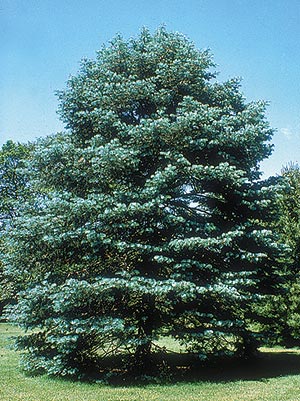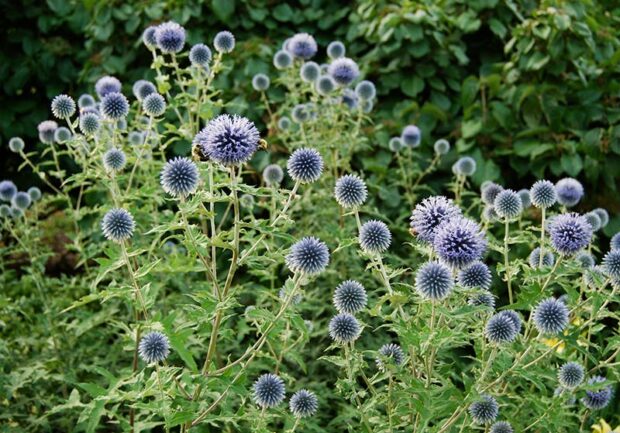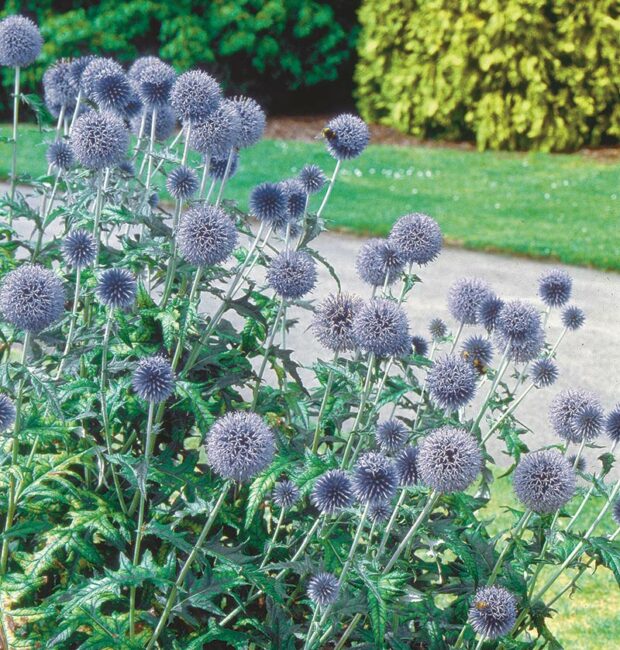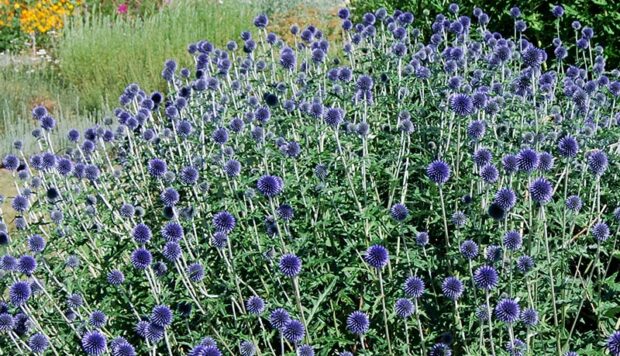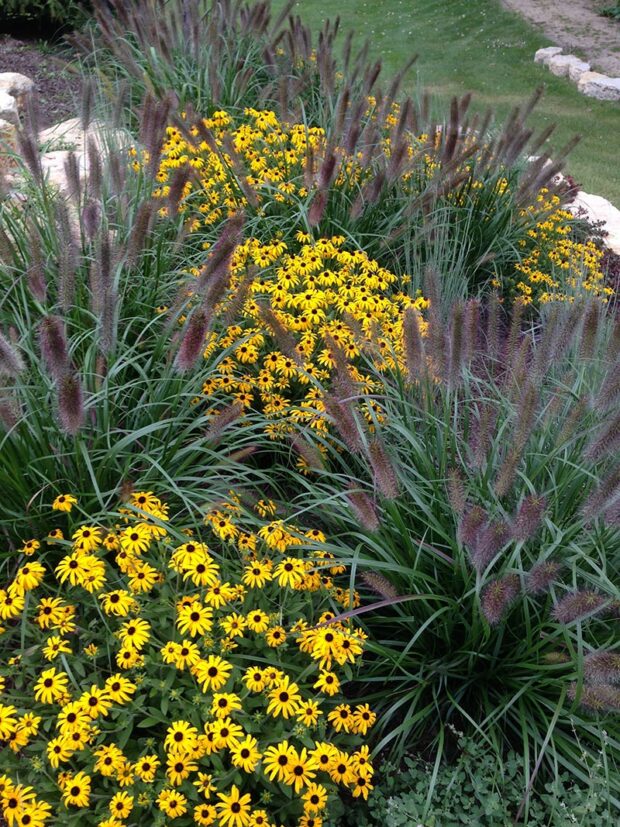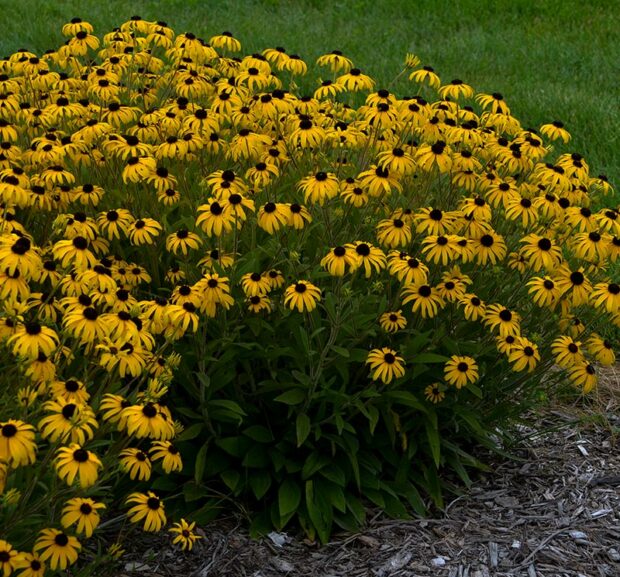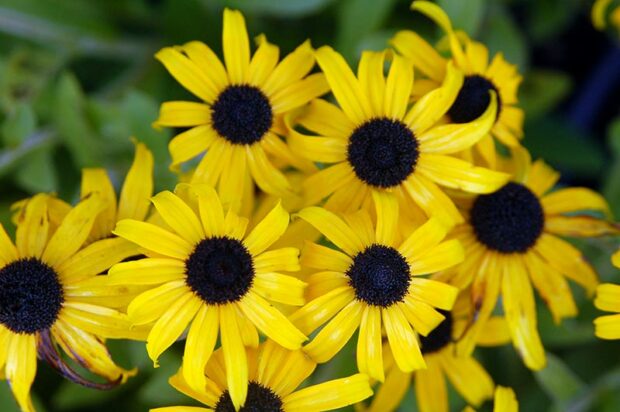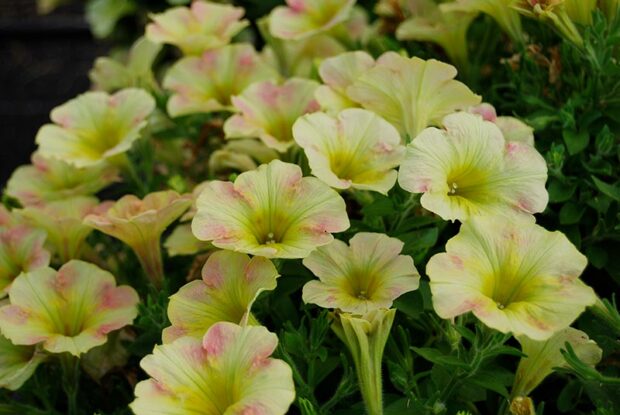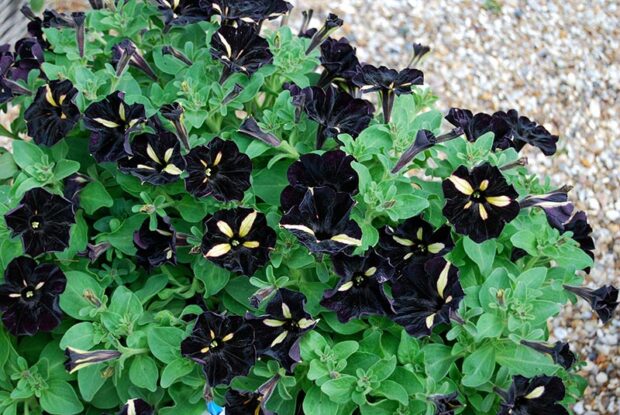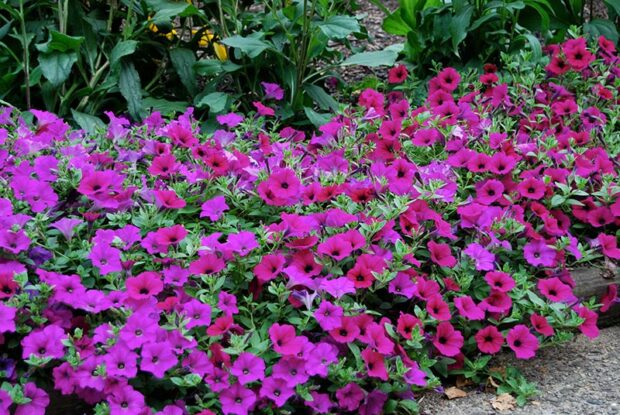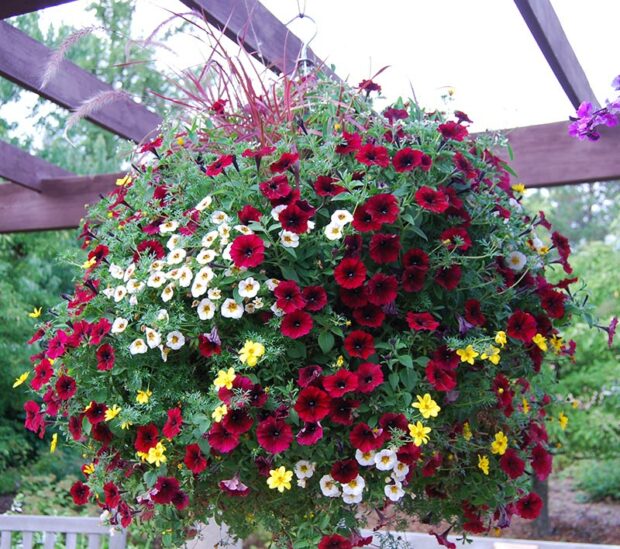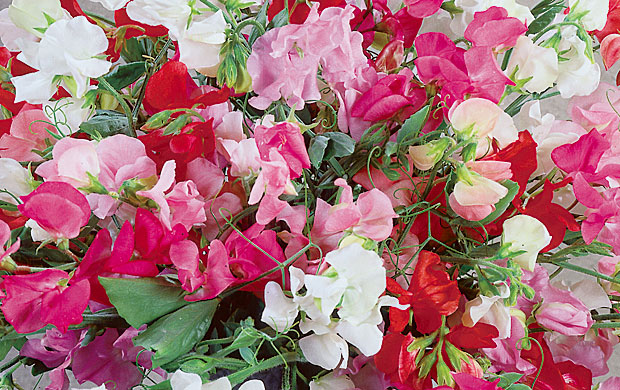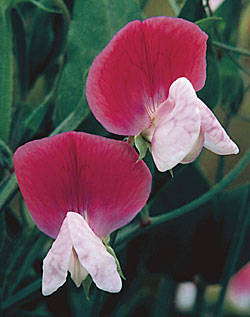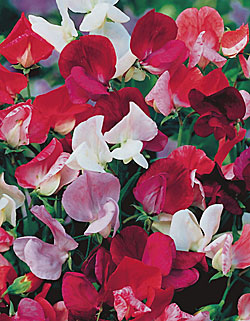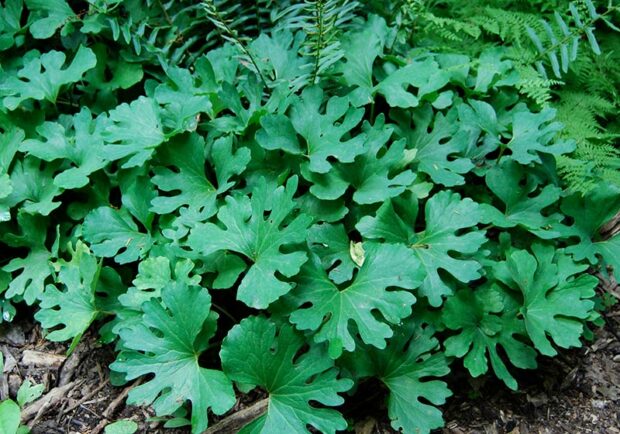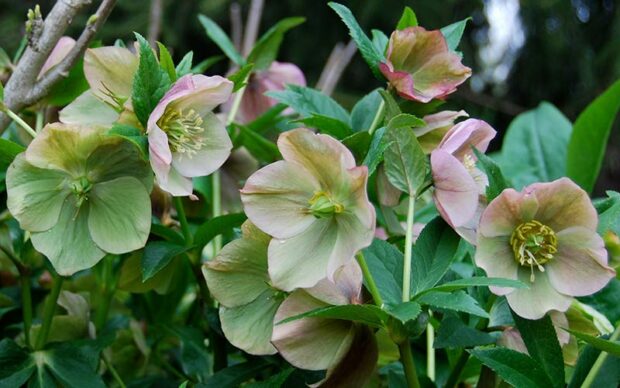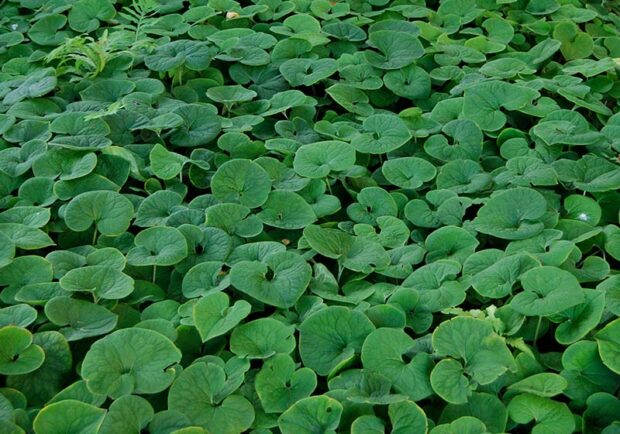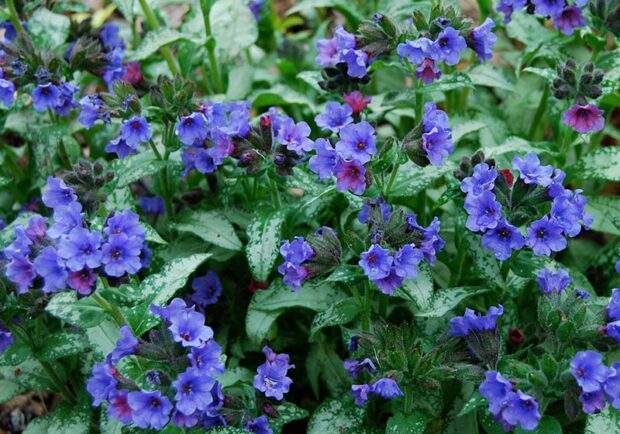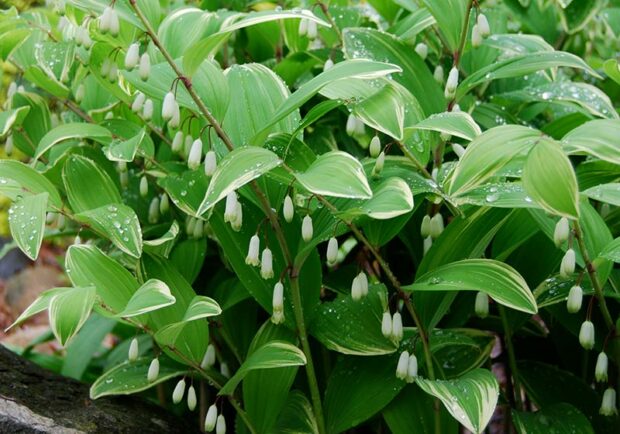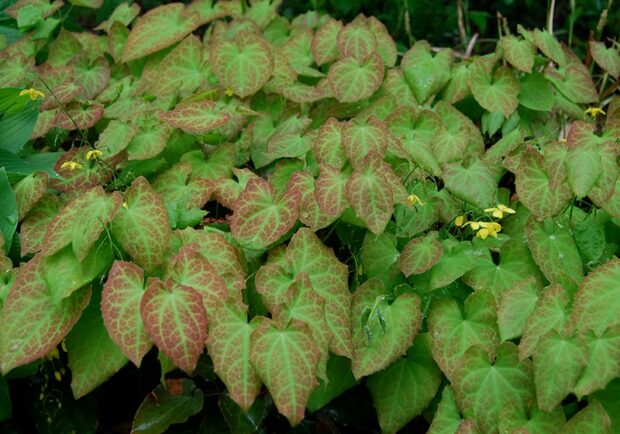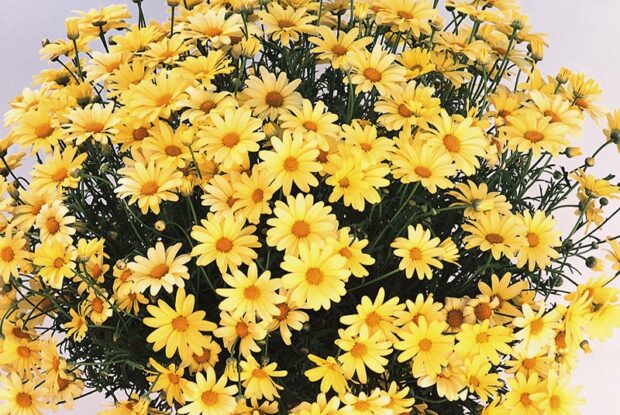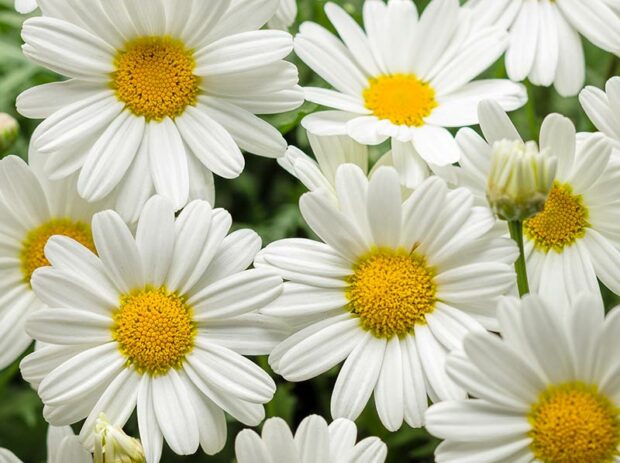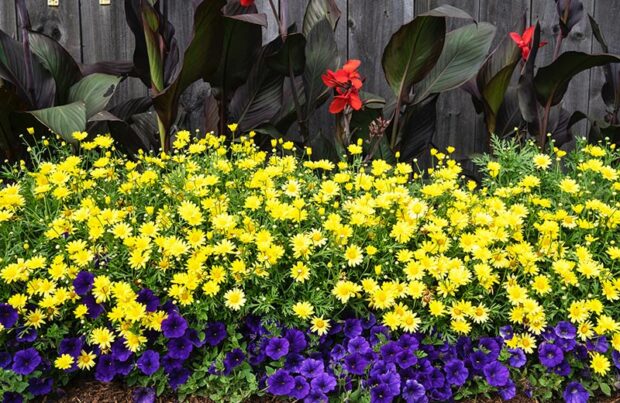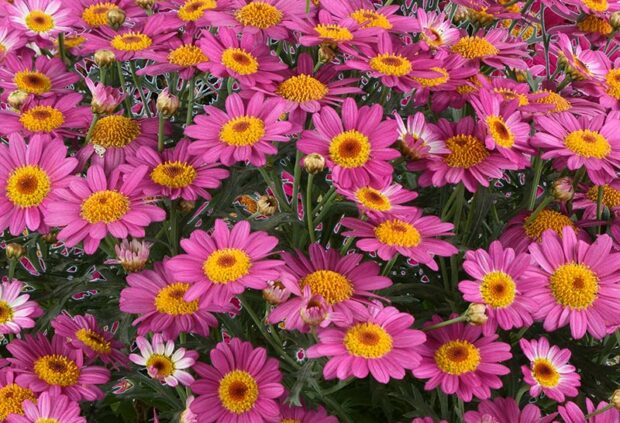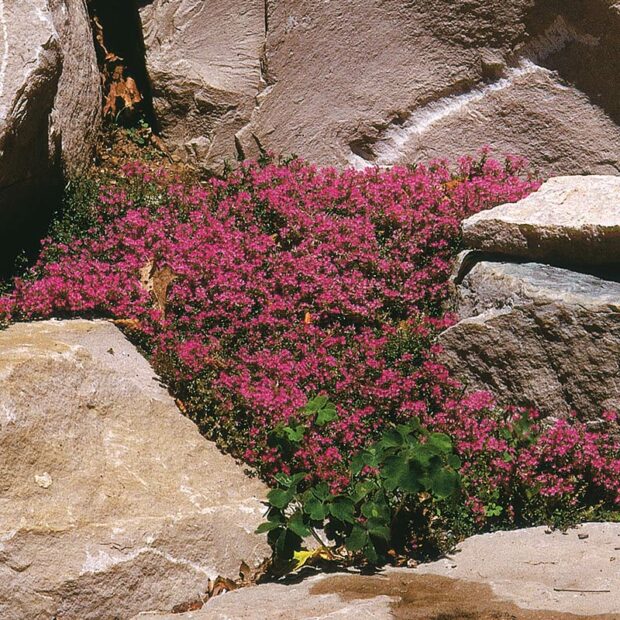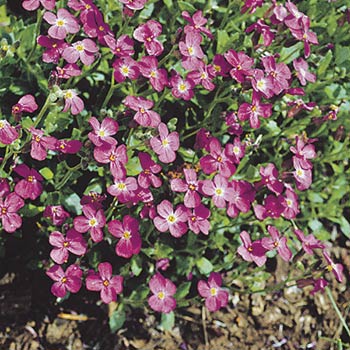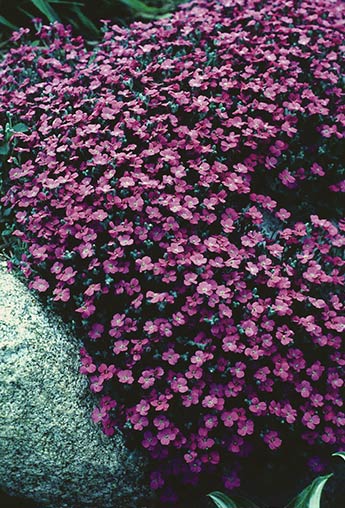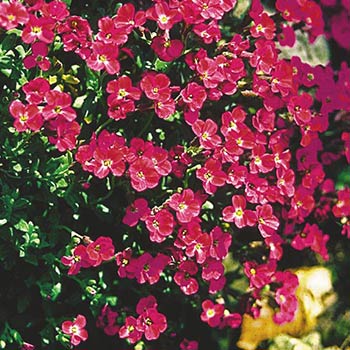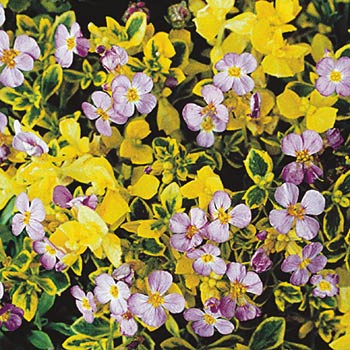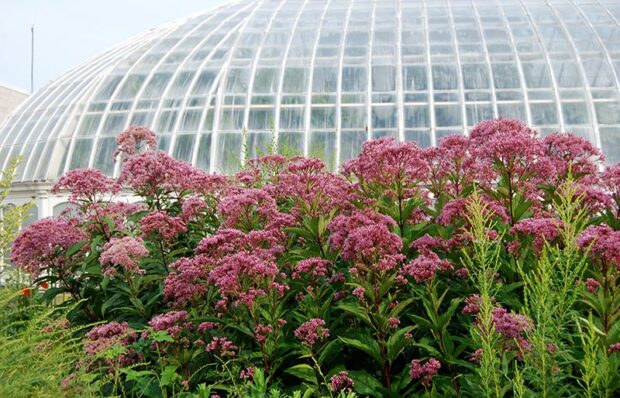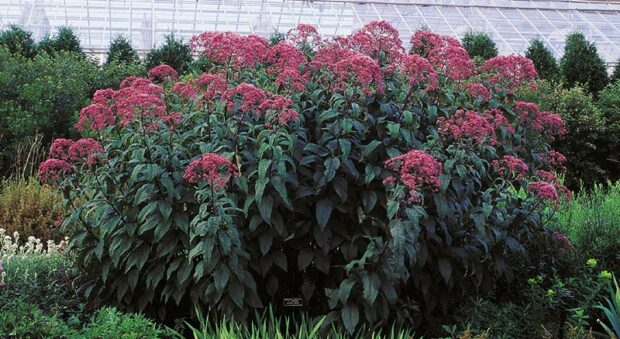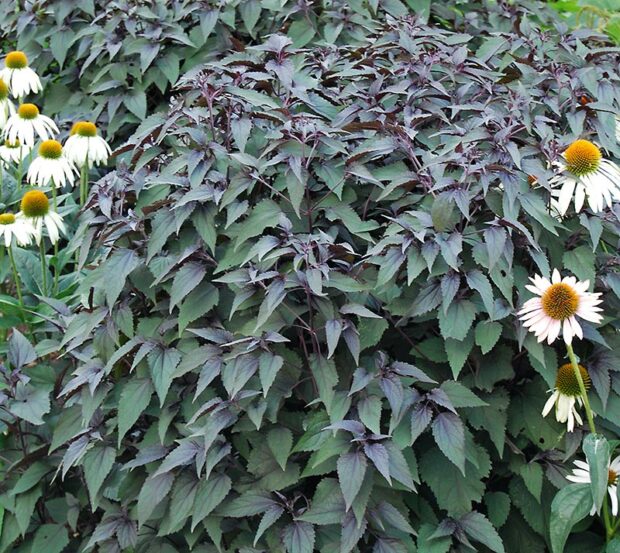Lenten rose and Christmas rose are common names for hellebores (Helleborus), a gardener’s gift in the dreariest weeks before the spring planting season. In a “normal” Michigan winter, hellebores will begin flowering in March and last through May, thus generating 8 to 12 weeks of showy blossoms. Although many interesting species exist, this article will concentrate on the larger, brighter-colored blossoms of hybrids developed from the Lenten rose (Helleborus orientalis).
Despite the winter, hellebores will explode into bloom at the slightest hint of spring, with blossoms 10 to 18 inches high, above thick stems. Established plants produce multitudes of large, single flowers that shine with grace and beauty, concealing their durability. Colors range from pure white to yellows, greens, pinks, plums, rose, and the darkest purple. Petals may have a variety of shading, veining, and spotting that is rarely seen in garden flowers.
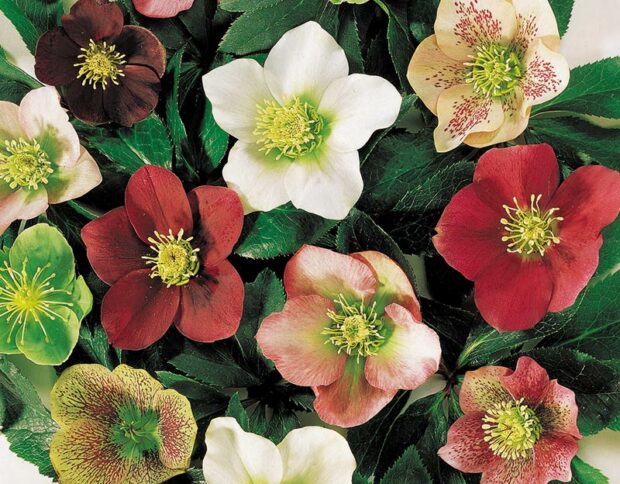
Shortly after blooming, hellebores develop fresh foliage 16 to 22 inches tall and wide. It ranges from the finely cut leaves of certain species to the large, bold leaves of the more common orientalis hybrids. Leaf color ranges from pale to dark green and may be mottled with silvers, grays, and pinks. Hellebores are semi-evergreen in our climate—that means that the foliage may remain undamaged and green in the mildest of winters, while severe winters may discolor and flatten stems and leaves.
Despite their very early performance, hellebores are perfect companions to a number of spring bloomers. They combine well with the earliest-blooming bulbs such as crocus, scilla, or anemones. Fall-planted pansies and violas often produce flowers very early when hellebores are in full glory.

The earliest-blooming perennials such as primrose (Primula), lungworts (Pulmonaria), barrenwort (Epimedium), and some woodland wildflowers like trillium are also good hellebore partners. The glossy, bold, dark green foliage of Lenten rose hybrids persists through the growing season and contrasts beautifully with gold, silver, and bright green leaves. Try the gold leaves of certain hostas, golden creeping Jenny, or hay-scented ferns. For an equally stunning combination, position hellebores next to the silver foliage of lamium, Japanese painted ferns, silver-leaved perennial forget-me-nots (Brunnera macrophylla ‘Jack Frost’ or ‘Sea Heart’), or some lungworts such as ‘Moonshine’ or ‘Majesty.’
Hellebores will survive in sun or shade, but the foliage might look fresher if protected from the summer’s midday sun. Our Michigan clay soil is usually alkaline, which is fine for hellebores, but the poor drainage typically associated with clay should be corrected by adding pine bark or compost.
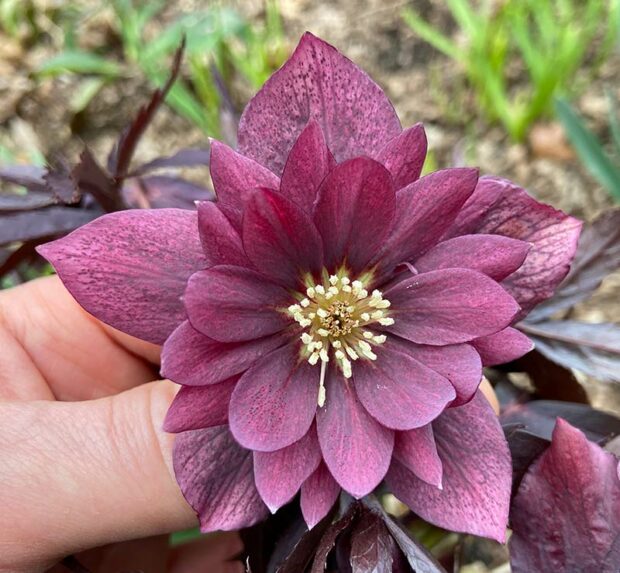
Hellebores have few pest and disease problems, but black spot is the most damaging and widespread difficulty with which hellebores must cope. Black or brown blotches may appear on leaves and spread to discolor flowers. Overhead watering, a lack of air circulation, and wet weather may contribute to infection, especially when plants lack proper cultural conditions. Removing the spent flowers and infected leaves will help minimize the spread of the black spot spores. Fungicides may also be used.
Lenten rose hybrids were initially available in mixtures that included many possible colors. These mixtures provided many beautiful, rich flowers, but also included several bland and less desirable forms. The safest way to buy hellebores was to purchase them when they were in bloom to ensure the best selections. Then, the “Royal Heritage” strain was developed, which offers larger flowers and an improved brilliant color range.
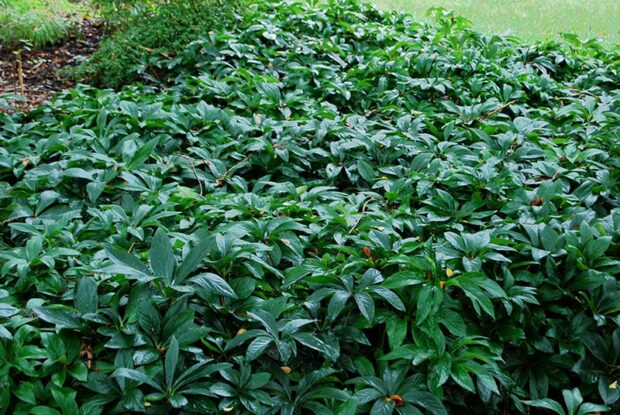
Today, several varieties are available that offer specific colors or forms. The Royal Heritage strain has several varieties that each provide specific colors. Recent series include Frostkiss, Gold Collection, Honeymoon, Wedding Party, Winter Angels, Winter Jewels, and Winter Thrillers. With series like these, hellebores can now be purchased out of bloom, knowing that you will get the color you want.
Fresh hellebore flowers can be cut with a little stem remaining and floated on water for a breathtaking indoor display—these flowers are ideal for being appreciated up close. Blooms can even be dried as an everlasting flower.
In general, hellebores are underused. They bloom so early that gardeners are often visiting the garden center well after they have flowered. Plant one for an early reminder each season that spring is right around the corner. Plant a few and enjoy drifts of pristine flowers that you’ll look forward to year after year.
Hellebore
Common name: Lenten rose, hellebore (HEL-eh-bore)
Botanical name: Helleborus orientalis (or Helleborus x hybridus)
Plant type: Perennial
Plant size: Height and width: 16-22 inches
Habit: Clumping
Hardiness: Zone 4
Flower color: White, yellows, greens, pinks, plums, rose, dark purple
Flower size: 2-3 inches wide
Bloom period: Late winter to spring (March to May)
Leaf color: Glossy, dark green
Leaf size: Up to 16 inches long, rising from base
Light: Partial shade to shade. Avoid afternoon sun.
Soil: Well-drained
Uses: One of the earliest plants to bloom; use it to welcome the spring season.
Companion plants: Bulbs: crocus, scilla, anemones. Fall-planted pansies and violas. Early-blooming perennials: primrose, lungworts, barrenwort, trillium.
George Papadelis is the owner of Telly’s Greenhouse in Troy and Shelby Township, MI.

